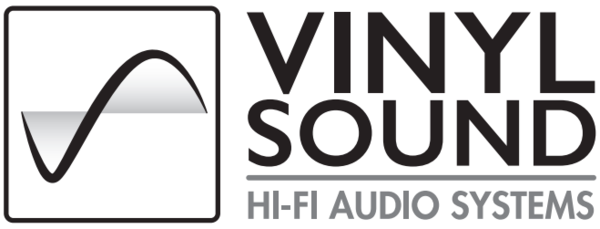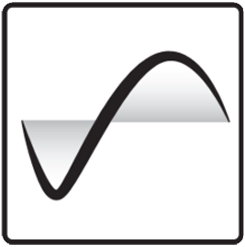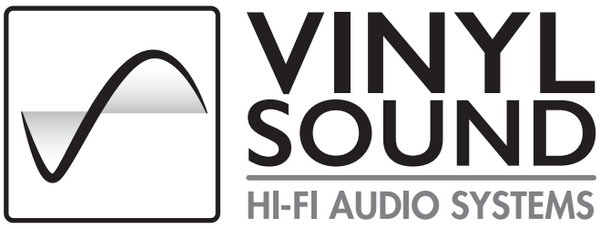Myles Astor, Audio Nirvana
“John Devore unveiled his first attack on state-of-the-art sound and hit out of the park. An immersive musical experience rarely experienced with most audio systems. Extraordinary dynamic ease.”
Michael Lavorgna, Twittering Machines
“The level of refinement and power embodied in the O/Ref System is a thing to behold”
Waldemar Nowa, Info Audio
“O/Reference: heaven on earth
If you’re done chasing the rabbit and want to finally catch it, you’ve come to the right place..”
Jack Roberts, The Audio Beatnik
“They take up a whole lot less space than any of the other statement systems I know of, but don’t think for a minute that the DeVore Fidelity’s Orangutan Reference Speaker System isn’t in that league. I promise you they compete with any speaker system.”
Rafe Arnot, Audiostream
“In the end this was a showstopper of a room where time and space seemed at odds and had me low-whistling a few times at what I was hearing.”
About ↓
REFERENCE EVOLUTION
“What is the Orangutan Reference?” “Why is it four cabinets?” and “Why does it cost so much?” I thought I’d address the most common questions that people have about the O/Ref system.
The Reference project dates back to 2011 when we made the first bronze tweeter horns, and the first woofers with AlNiCo motors followed in 2012. The project was given higher priority in early 2014 in response to customers’ asking for an even better O/96. Many directions were explored, including huge 15-inch versions, open-baffle versions, and multiple-driver versions.
The final four-box configuration took shape as I realized that the only way to reconcile the conflict of keeping the speaker a two-way for easiest drivability and increasing transparency was to (gently) reduce the excursions of the main 10″ driver. Moving the bottom octave out of the main cabinet allowed a true optimization of the main driver for 40Hz and up, and a drastic reduction in cabinet vibration.
Likewise the low bass driver was optimized for duty to below 20Hz, with a new reinforced chassis, stronger cone, and an enormous motor capable of full two-inch excursions. With the amount of energy and turbulence this massive driver outputs, ported enclosure tuning became unworkable, and so a matching passive radiator was designed to enable a natural tuning for the O/Ref/B Bassmachine to below 20Hz without any equalization. After a great deal of experimentation I came to the conclusion that a naturally-tuned bass system was essential for perfect integration with the naturally-tuned O/Ref/A main speakers.
With the 98dB sensitivity of the O/Ref/A speakers, it was clear that the O/Ref/B would need huge power reserves to keep up without distortion or compression. A 700 watt state-of-the-art class-D amplifier is combined with pure analog control circuitry to allow fine adjustment and perfect integration with the rest of the system. However, while this is all sufficient on paper, experimentation revealed that the level of integration of the O/Ref/A and B varied depending on the amplifier used to power the main speakers. The transparency of the O/Ref speakers clearly showed the flavor differences between different amps, tube or solid-state, single-ended or push-pull, etc. It became clear that the O/Ref/B needed to get it’s input from the exact same component chain as the O/Ref/A, so the same tonality, color, and texture is preserved throughout the entire frequency range. The Bassmachine control circuitry receives the signal from the amplifier that drives the main speakers, then uses it’s own 700 watt amp to then drive the woofers.
continued below ↓
REFERENCE EVOLUTION
The bronze driver chassis and horns have required the largest upfront investment by far. These parts are cast in Indiana and machined in Virginia before coming to us in Brooklyn for final prep before being sent to Norway for assembly into our drivers. The casting process is the most efficient way to manufacture these parts, producing 90-95 percent less waste than machining out of a solid block of material the way most small-scale production is done. It requires far more investment up front however, as patterns and molds must be made for the molten bronze. Well worth it for the sonic and aesthetic benefits I believe.
AlNiCo (Aluminum Nickel Cobalt) magnets were the industry standard for decades before ferrite magnets took over due to far lower cost. It’s possible to find nearly any size or shape of ferrite magnet as an off-the-shelf option when building drivers. Not so with AlNiCo. These magnets must be made to order, and the steel parts that make up the rest of the motor are all individually machined rather than stamped out by the 1000s. Our magnetic material supplier had to invest in new tooling to produce the magnets in the O/Ref/A main driver, but there is no question that AlNiCo sounds and performs better, with far lower harmonic distortion through the midrange in the main 10″ driver.
There are many other costly elements to the O/Ref system that I won’t go into here, but suffice to say that the price was calculated using the standard formula, as with all our models. The enormous cost of development was not included in this formula, so even at their high price the O/Ref will never be profitable for us on its own. All of our upfront investment was made with the intent to use much of the technology in other, lower-priced models in the future. The bronze parts are the most obvious, since we will be able to build other drivers on the same chassis and horns with minimal modifications.
Circling back to customer demand: the O/Ref system is exactly NOT what they were looking for. None were expecting four cabinets or the high price tag. As a cynical, greed-driven project, the O/Ref is a complete disaster. We could have pre-sold plenty of an “O” model at $20-30,000 to waiting customers, but I chose not to go that route. I wanted to know what the absolute limits were, and so kept pushing for nearly a decade and the result is the speaker system presented here. I’m very proud of the O/Ref, and believe it to be a truly reference product. At the Munich High End show to a large extent, and more so in our listening room here in Brooklyn and at a couple of other locations, the O/Ref has produced the most incredible reproduced music experiences I’ve ever had. In the context of the “Ultra-Fi” speakers it competes with, it’s an absolute steal. I don’t know if we’ll sell many—of course I hope we do—but in the big picture, the O/Ref is what it needed to be, and it will lead to more affordable models to come.
Happy listening,
John–Top Banana, DeVore Fidelity
 FREE SHIPPING OVER $199
FREE SHIPPING OVER $199 







